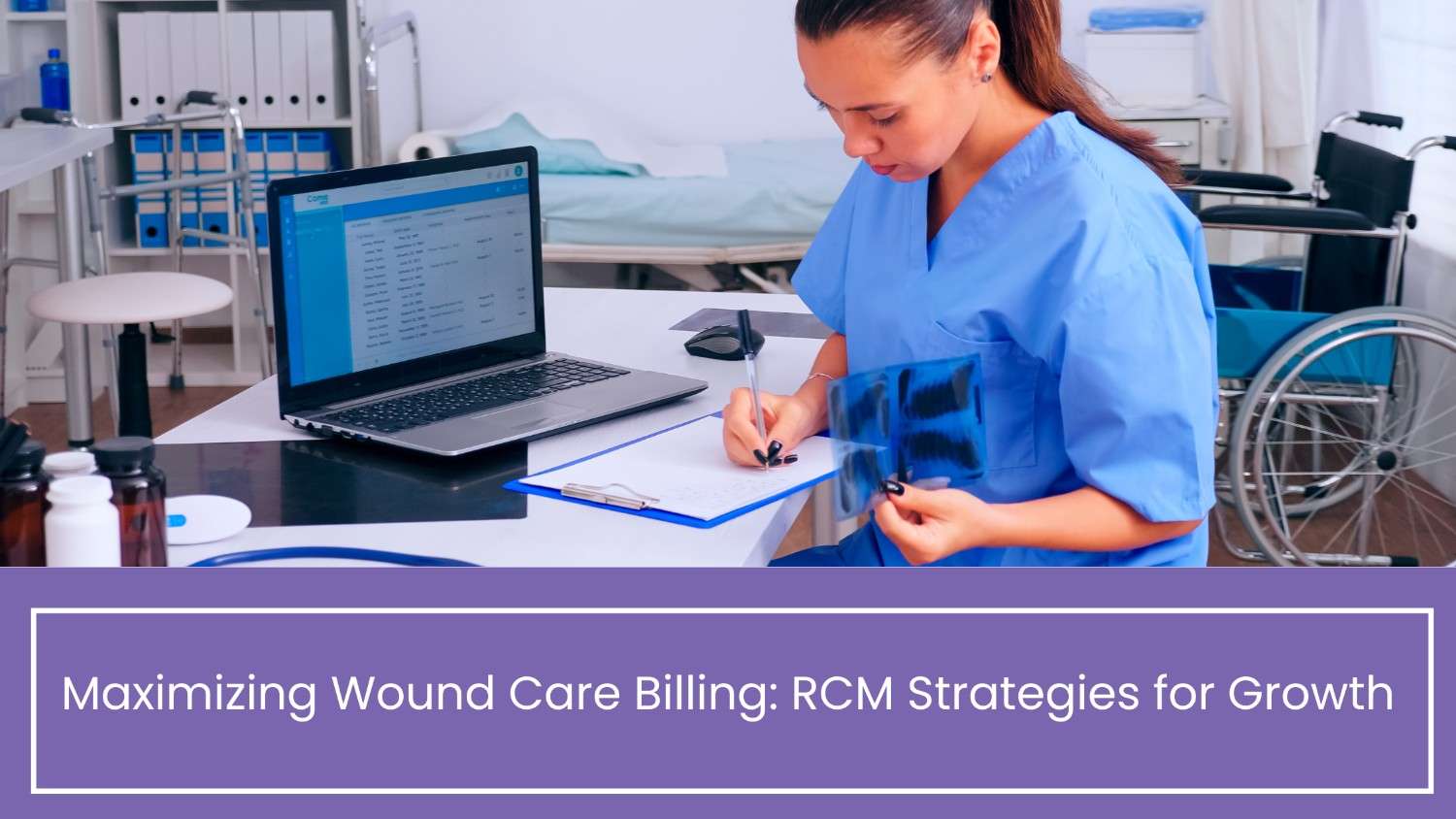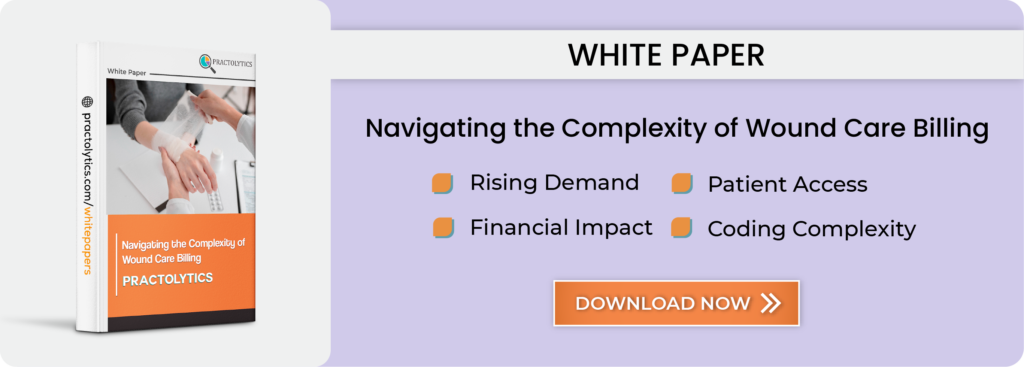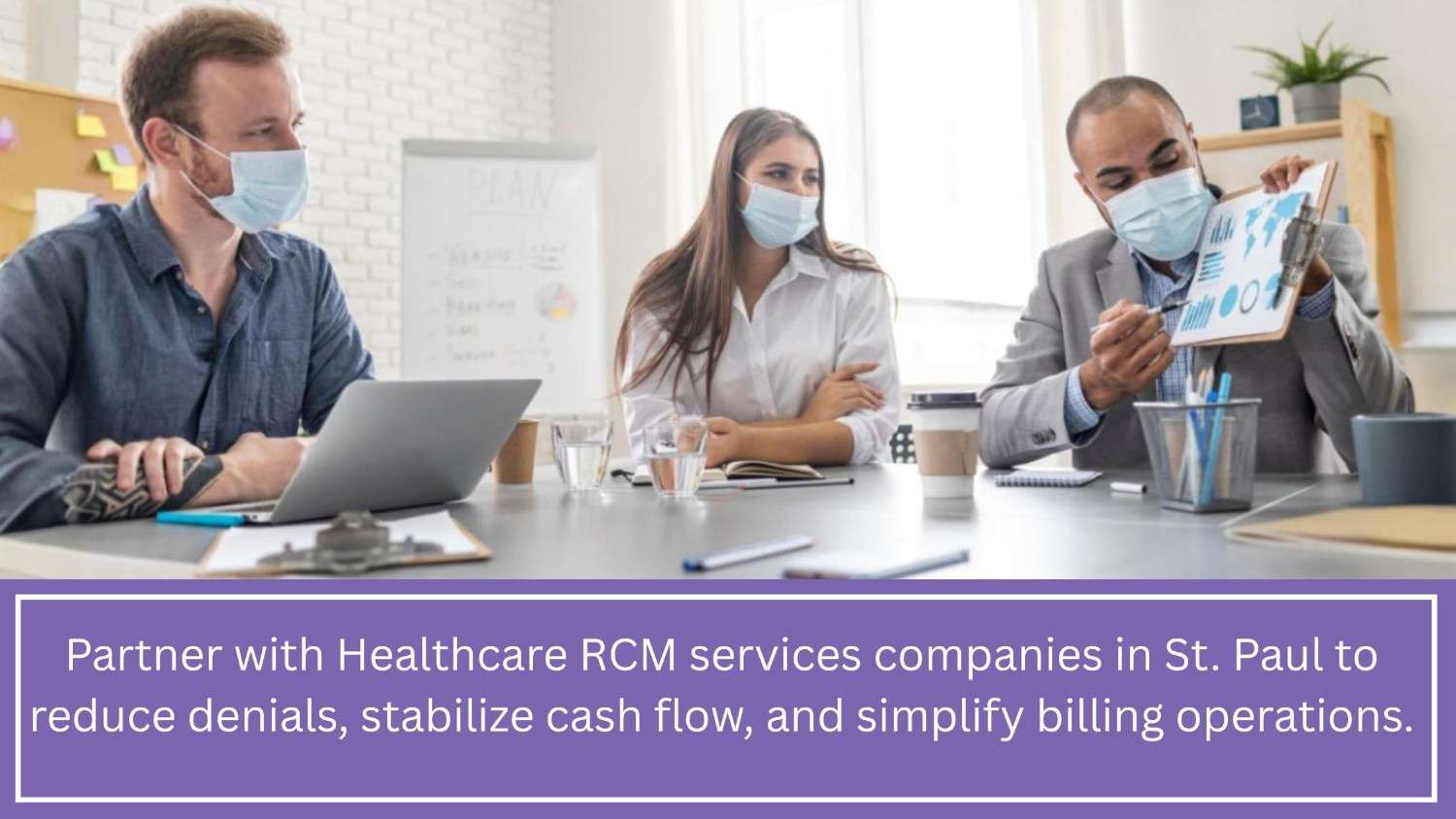Maximizing Wound Care Billing RCM Strategies for Growth
In the healthcare industry, particularly in wound care billing, maximizing revenue is crucial for sustaining operations and ensuring quality patient care. Revenue Cycle Management (RCM) strategies play a pivotal role in optimizing financial performance while delivering excellent patient outcomes. This blog will explore various RCM strategies tailored specifically for wound care facilities to enhance profitability and operational efficiency.
Table of Contents
Understanding the Wound Care Revenue Cycle
Before delving into specific RCM strategies, it’s essential to grasp the intricacies of the wound care revenue cycle. The cycle begins with patient intake and registration, followed by care delivery, documentation, and coding. Proper documentation and accurate coding are paramount as they directly impact reimbursement rates from payers. Once services are rendered, claims are submitted to insurance companies or government payers, and reimbursement is received. Efficient management of each stage of the revenue cycle is vital for optimizing revenue in wound care.
Streamlined Intake and Registration Processes
Efficient intake and registration processes are the foundation of a successful revenue cycle. Implementing electronic health record (EHR) systems with automated patient registration can reduce errors and streamline the initial stages of the revenue cycle. Capturing accurate patient demographic and insurance information upfront minimizes billing discrepancies and accelerates reimbursement.
Comprehensive Documentation and Accurate Coding
Thorough documentation of wound assessments, treatments, and progress is essential for proper medical coding and billing. Clinicians must accurately capture the type, size, and location of wounds, along with detailed descriptions of treatments provided. Assigning appropriate procedure and diagnosis codes ensures compliance with payer guidelines and maximizes reimbursement. Regular staff training on documentation best practices can improve coding accuracy and mitigate compliance risks.
Prior Authorization and Insurance Verification
Prior authorization requirements vary among payers, but obtaining necessary approvals before providing services is critical to avoid claim denials and delays in reimbursement. Establishing efficient processes for verifying patient insurance coverage and determining authorization requirements can expedite claims processing and minimize revenue cycle bottlenecks.
Optimized Billing and Claims Management
Timely and accurate billing is paramount for maximizing revenue in wound care. Automated billing systems can generate claims promptly, reducing billing lag and accelerating cash flow. Regular claim scrubbing and reconciliation processes help identify errors and discrepancies before submission, minimizing claim rejections and denials. Additionally, implementing electronic claim submission capabilities streamlines the billing process and reduces administrative overhead.
Revenue Integrity and Compliance
Maintaining revenue integrity requires adherence to regulatory guidelines and compliance with billing and coding standards. Conducting regular audits of documentation, coding practices, and claims ensures accuracy and medical compliance audits with payer requirements. Identifying and addressing potential compliance issues proactively can prevent costly penalties and revenue loss due to improper billing practices.
Patient Education and Engagement
Engaging patients in their care and providing education on wound prevention and management can enhance treatment adherence and outcomes while reducing readmissions. Empowered patients are more likely to follow prescribed treatment plans, leading to improved healing times and reduced healthcare costs. Leveraging technology such as patient portals and mobile apps facilitates communication and fosters collaboration between patients and providers.
Value-Based Care Models
Transitioning to value-based care models incentivizes providers to deliver high-quality, cost-effective wound care while maximizing reimbursement opportunities. Value-based reimbursement arrangements reward providers for achieving positive patient outcomes and reducing healthcare utilization, aligning financial incentives with the delivery of high-value care. Collaborating with payers and participating in value-based care initiatives can position wound care facilities for long-term success in a value-driven healthcare landscape.
Conclusion: Leveraging Practolytics for Revenue Maximization in Wound Care
In conclusion, the pursuit of revenue maximization in wound care demands a strategic approach to Revenue Cycle Management (RCM), and Practolytics emerges as an invaluable ally in this endeavour. By integrating Practolytics into your facility’s operations, you can unlock a suite of tools and solutions designed to streamline intake processes, optimize documentation and coding accuracy, expedite billing and claims management, and ensure compliance with regulatory standards.
With Practolytics, you gain access to advanced analytics and reporting capabilities that provide insights into revenue performance metrics, enabling proactive identification of revenue leakage points and opportunities for improvement. By harnessing the power of data-driven decision-making, you can fine-tune your revenue cycle workflows, minimize denials, and maximize reimbursement.
Moreover, Practolytics empowers your team to engage patients effectively, fostering collaboration and adherence to treatment plans while enhancing overall patient satisfaction. Through personalized education and communication tools, you can empower patients to take an active role in their care journey, leading to improved outcomes and reduced healthcare costs.
As the healthcare landscape continues to evolve, embracing Practolytics enables your facility to stay ahead of the curve and thrive in a value-driven environment. By leveraging innovative technology and best practices in RCM, you can position your organization for sustainable growth and profitability while delivering exceptional care to patients in need.
In partnership with Practolytics, you have the resources and expertise to navigate the complexities of the wound care revenue cycle with confidence, ensuring that every step from intake to reimbursement is optimized for success. Together, we can achieve the shared goal of maximizing revenue while advancing the quality of care delivered to patients.
ALSO READ – The Importance of Documentation in Wound Care Revenue Cycle Management (RCM)
Talk to Medical Billing Expert Today — Get a Free Demo Now!






